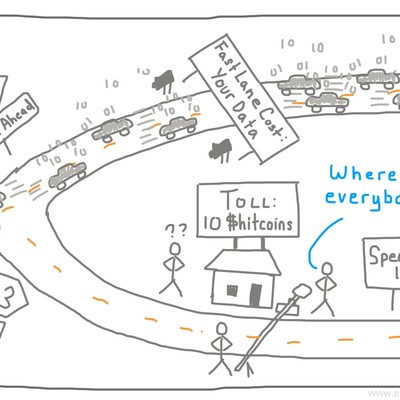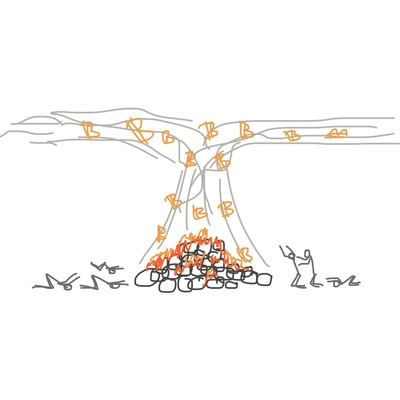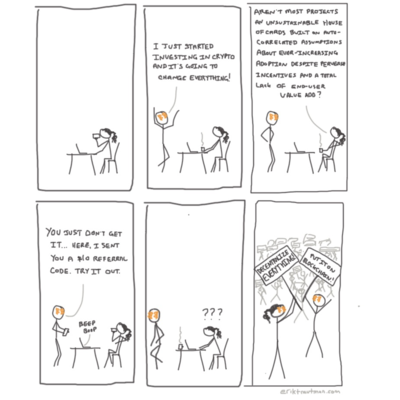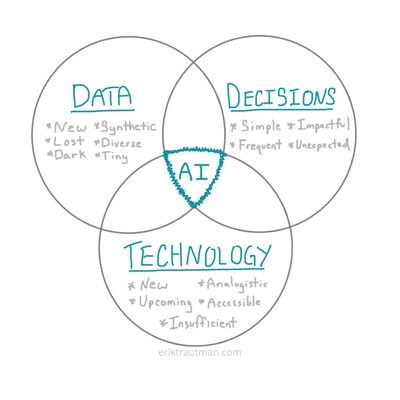A Simple Model of Value Creation
In the service of creating value, there are three major levels of specificity -- Producer, Product, and Enterprise. Think of it like a series of concentric circles. As you move from the inner circle of Producer to the outer circle of Enterprise, you greatly increase your value creation leverage.

A Producer, for instance a coder or designer, is the most granular unit of production. A producer represents the deployment of a skill or set of skills. Though talents vary, the leverage of this individual is 1. Producers form the backbone of value creation and the ideal producer is one who has achieved expertise in their domain but also understands where that fits into the overall product picture.
Product represents the harnessed efforts of many producers. It is a single focused result designed to solve a specific need among a specific group of customers (though that group may be very large). Products are tactical and represent the smallest useful unit of value creation inside a business. They are where the rubber meets the road in terms of matching a customer's needs with a solution.
Products also have scalable leverage -- you build products of variable complexity by utilizing a variable number and complexion of team members. Most products cannot be built (in time) using only a single producer. The individuals who deploy this leverage are typically product managers, who must deeply understand the context of the product within its vertical and the capabilities of the team who will be producing it.
Enterprise is the structure and direction that wraps one or more products. It is the context necessary to allow the products to exist both operationally and strategically in the real world.
Enterprises have two great qualities -- leverage and longevity. Because an enterprise wraps a portfolio of leveraged products, it can employ terrific value-creation leverage itself. It also has to outlast any the life cycle of any single product. Thus it is incredibly important that these products are creating the right kind of value to become sustainable, that new products are appropriately introduced, and that poorly performing products killed off. The entrepreneur or executive who runs this portfolio can't just focus on today's value but has to keep an eye on the arc of innovation well into the future.
In early stage companies, enterprise and product can be difficult to separate. But there are functions within the enterprise whose sole reason for existence is to allow the products to survive. Funding, for example, which allows the product to be developed in the first place. Talent acquisition and retention, accounting, legal... all of these are the mortar that holds together the portfolio and lets the product teams focus on building great products.
This matters because to affect major change over the course of your life, you need to deploy some form of leverage. In this business-focused model, the best way to do so is to hold the reins of an enterprise... which is nice in theory but you can't just start there. That leads to a couple simple but very pertinent questions -- How then can one most effectively become an enterprise leader? How can one lead an enterprise most effectively once in a leadership position?






